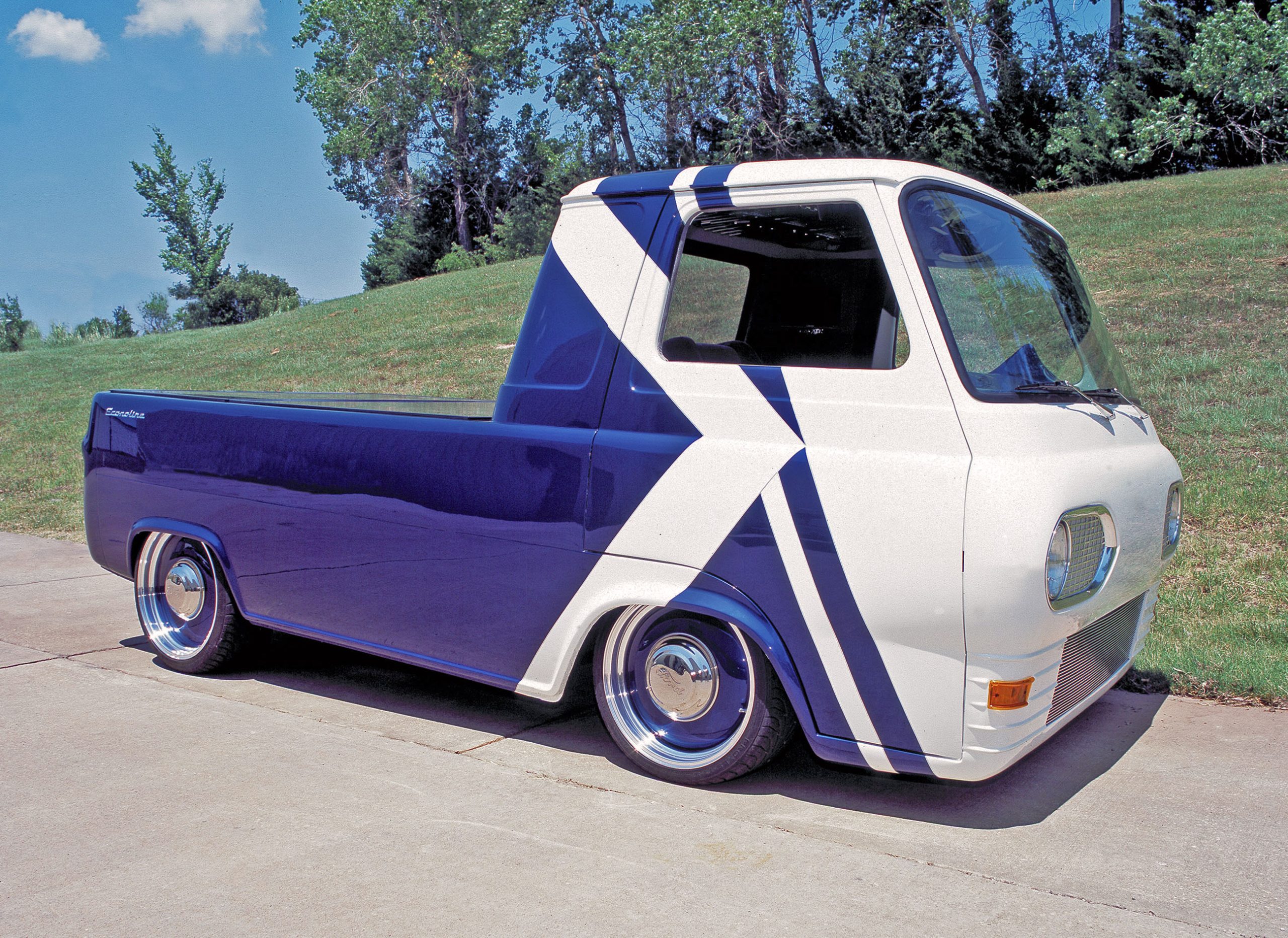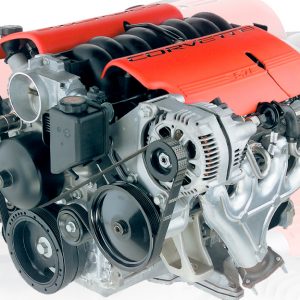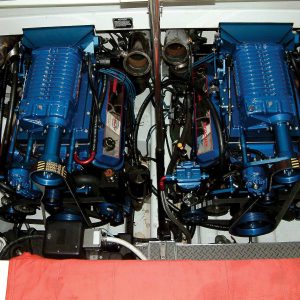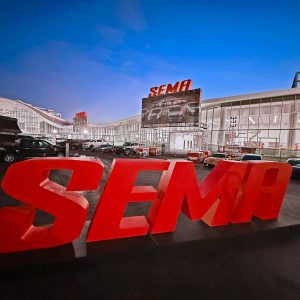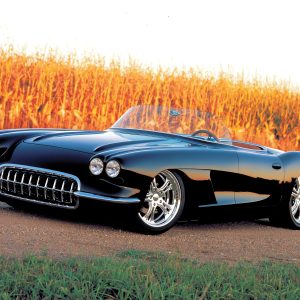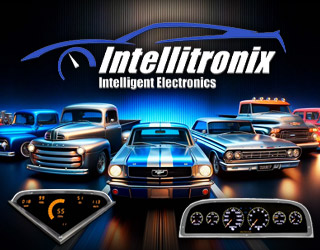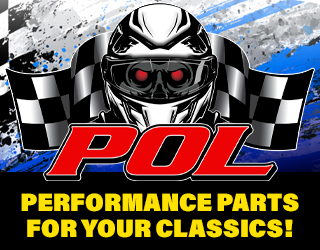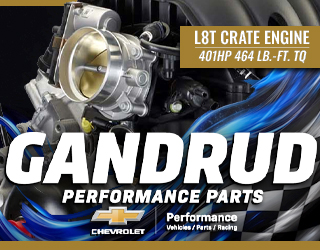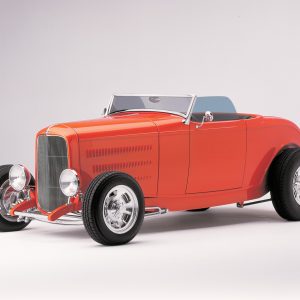
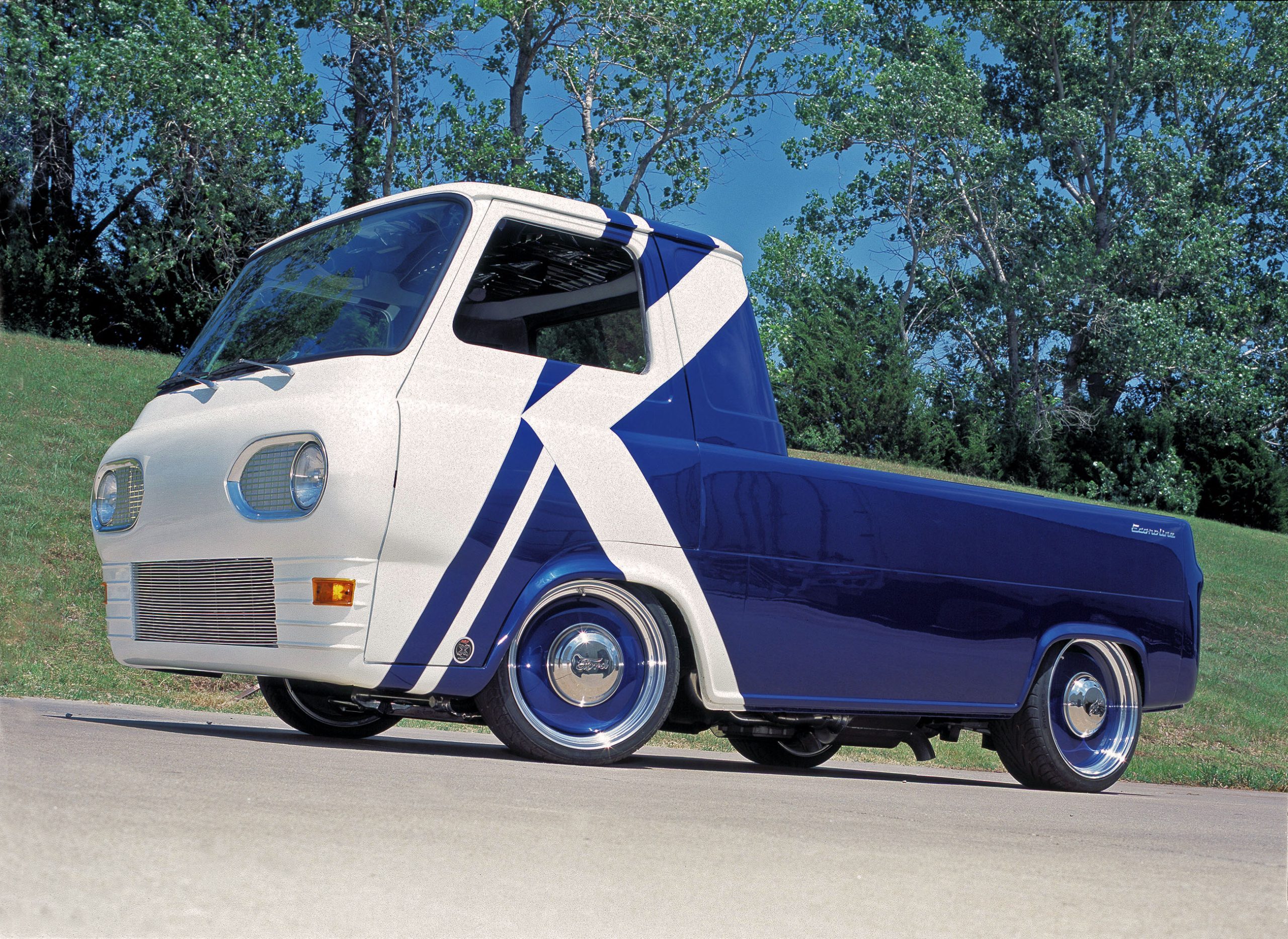
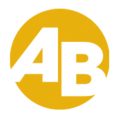
THE AUTO BUILDER
Featured
- All Post
- 20 High Priority - SR Super Rod
- Builds
- 25 High Priority - FB Ford Builder
- Cars
- 30 High Priority - AR American Rodder
- 01 Post Status
- 35 High Priority - RD Rodders Digest
- 40 High Priority - OTR On the Road
- 45 High Priority - SRB Street Rod Builder
- 50 High Priority - TB Truck Builder
- 55 High Priority - BSCENE Buckaroo Scene
- 60 High Priority - FPB Family Power Boat
- Trucks
- Swaps
- Performance Boats
- _000 Home Sliders
- Builders
- 00 Sidebars
- Manufacturers
- 05 High Priority - HCI Hot Compact Imports
- 05 Publications
- 10 High Priority - CR Chevy Rumble
- Back
- Chassis
- Engine
- Fuel System
- Electrical
- Exhaust
- Transmission / Drivetrain
- Suspension
- Steering
- Brakes
- Wheels and Tires
- Interior
- Exterior
- Accessories
- Power Adders
- Back
- Chassis
- Engine
- Fuel System
- Electrical
- Exhaust
- Transmission / Drivetrain
- Suspension
- Steering
- Brakes
- Wheels and Tires
- Interior
- Exterior
- Accessories
- Power Adders
- Back
- Chassis
- Engine
- Electrical
- Exhaust
- Fuel System
- Transmission / Drivetrain
- Suspension
- Steering
- Brakes
- Wheels and Tires
- Interior
- Exterior
- Accessories
- Power Adders
- Back
- Chassis
- Engine
- Electrical
- Exhaust
- Fuel System
- Transmission / Drivetrain
- Suspension
- Steering
- Brakes
- Wheels and Tires
- Interior
- Exterior
- Accessories
- Power Adders
- Back
- Chassis
- Engine
- Fuel System
- Electrical
- Exhaust
- Transmission / Drivetrain
- Suspension
- Steering
- Brakes
- Wheels and Tires
- Interior
- Exterior
- Accessories
- Power Adders
- Back
- Chassis
- Engine
- Fuel System
- Electrical
- Exhaust
- Transmission / Drivetrain
- Suspension
- Steering
- Brakes
- Wheels and Tires
- Interior
- Exterior
- Accessories
- Power Adders
- Back
- Chassis
- Engine
- Fuel System
- Electrical
- Exhaust
- Transmission / Drivetrain
- Suspension
- Steering
- Brakes
- Wheels and Tires
- Interior
- Exterior
- Accessories
- Power Adders
- Back
- Engine
- Fuel System
- Electrical
- Outdrives
- Steering
- Interior
- Accessories
- Power Adders
- Exterior and Hull
- Back
- Chassis
- Engine
- Electrical
- Exhaust
- Fuel System
- Transmission / Drivetrain
- Suspension
- Steering
- Brakes
- Wheels and Tires
- Interior
- Exterior
- Accessories
- Power Adders
- Back
- Chevrolet
- Cadillac
- Pontiac
- AMC
- Buick
- Jeep
- Lincoln
- Ford
- Honda
- GMC
- BMW
- Mitsubishi
- Dodge
- Nissan
- Chrysler
- Subaru
- Toyota
- Plymouth
- Mercury
- Volvo
- Volkswagen
- Oldsmobile
- Acura
- Back
- 05 Pub HCI Hot Compact Imports
- 15 Pub 4x4 4x4 Builder
- 20 Pub SR Super Rod
- 25 Pub FB Ford Builder
- 30 Pub AR American Rodder
- 35 Pub RD Rodders Digest
- 40 Pub OTR On the Road
- 55 Pub BSCENE Buckaroo Scene
- 10 Pub CR Chevy Rumble
- 50 Pub TB Truck Builder
- 60 Pub FPB Family Power Boat
- 45 Pub SRB Street Rod Builder
- Back
- Chip Foose
- Ring Brothers
- Jack Fuller
- Bob Cullipher
- Jerry Nichols
- Bobby Alloway
- Jesse James
- Carl Casper
- J.F. Launier
- Steve Sellers
- Boyd Coddington
- Rad Rides by Troy
- Cal Auto Creations
- George Barris
- West Coast Customs
- Back
- Street Rods
- Hot Rods
- Late Model
- Drag Race
- Handling
- Compact Cars
- Chassis
- Engine
- Fuel System
- Electrical
- Exhaust
- Transmission / Drivetrain
- Suspension
- Steering
- Brakes
- Wheels and Tires
- Interior
- Exterior
- Accessories
- Power Adders
- Chassis
- Engine
- Fuel System
- Electrical
- Exhaust
- Transmission / Drivetrain
- Suspension
- Steering
- Brakes
- Wheels and Tires
- Interior
- Exterior
- Accessories
- Power Adders
- Chassis
- Engine
- Electrical
- Exhaust
- Fuel System
- Transmission / Drivetrain
- Suspension
- Steering
- Brakes
- Wheels and Tires
- Interior
- Exterior
- Accessories
- Power Adders
- Chassis
- Engine
- Electrical
- Exhaust
- Fuel System
- Transmission / Drivetrain
- Suspension
- Steering
- Brakes
- Wheels and Tires
- Interior
- Exterior
- Accessories
- Power Adders
- Chassis
- Engine
- Electrical
- Exhaust
- Fuel System
- Transmission / Drivetrain
- Suspension
- Steering
- Brakes
- Wheels and Tires
- Interior
- Exterior
- Accessories
- Power Adders
- Chassis
- Engine
- Fuel System
- Electrical
- Exhaust
- Transmission / Drivetrain
- Suspension
- Steering
- Brakes
- Wheels and Tires
- Interior
- Exterior
- Accessories
- Power Adders
- Back
- 05 Post Imported
- 20 Post Missing Images (All)
- 25 Post Missing Images (Partial)
- 15 Post In Progress
- 30 Post Internal Review
- 40 Post On Hold
- 50 Post Approved
- 10 Post Images Imported
- 17 Post Missing TXT Files
- 18 Post Missing PDF Files
- 27 Post Missing Content
- Back
- Chassis
- Engine Swaps
- Interior Swaps
- Driveline
- Back
- Street Trucks
- OffRoad Trucks
- Chassis
- Engine
- Fuel System
- Electrical
- Exhaust
- Transmission / Drivetrain
- Suspension
- Steering
- Brakes
- Wheels and Tires
- Interior
- Exterior
- Accessories
- Power Adders
- Chassis
- Engine
- Fuel System
- Electrical
- Exhaust
- Transmission / Drivetrain
- Suspension
- Steering
- Brakes
- Wheels and Tires
- Interior
- Exterior
- Accessories
- Power Adders
- Back
- 01 Sidebar Left
- 01 Sidebar Right
TURNED-ON, TUNED-IN ECONOLINE
Rick Kirk’s Ford Econoline Never Looked This Good!
Author
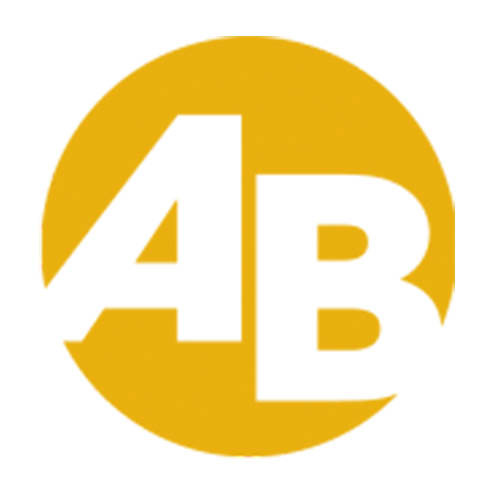
Dan Jobin
Photography by Bob McClurg
A Tale of Two Trucks
This is a tale of two trucks in more ways than one. It isn’t possible to describe the vehicle you see here without first describing the vehicle it once was, and for that matter still is, if only under the surface.
The Beginning of a Long Journey
Ripley, Oklahoma’s Rick “RK” Kirk has been the registered owner of this ’61 Ford Econoline subcompact pickup since 1969. Kirk is the owner of Ripley, Oklahoma’s RK Machine and has been a Ford aficionado since he can remember. During the 1960s, Kirk was an avid drag racer and campaigned a ’63 427 Ford Galaxie lightweight. Needing a tow vehicle for his weekend journeys to the dragstrip, Kirk found this Econoline pickup in Crescent, Oklahoma. At the time, the truck was being used as a service vehicle for a company known as City Plumbing. After handing over a total of $200 cash, the Econoline was his.
From Tow Truck to Wheelstander
The early subcompact vans and pickups like the Econoline had long been a staple of the drag racing exhibition circuit. Always built as wheelstanders, these trucks were fun to watch with their bumper-dragging antics and their front wheels dangling in the air. This particular factor was appealing to Kirk, who figured that someday he might tire of using the Econoline as a tow vehicle, and that perhaps he would install one of his 427 Ford engines in the back of the bed, go out and have some wheel-standin’ fun!
Building the First Version
Well, that someday came awfully quick! Almost immediately, Kirk yanked the tired 170cid inline-six-cylinder engine and three-speed manual transmission out of the Econoline, and in went a tri-power 406 FE big block and Ford Cruise-O-Matic three-speed automatic transmission. Setting the engine back as far as possible in the pickup bed to achieve that all-important weight transfer necessitated a driveshaft measuring about 6 inches in length. A nodular iron Ford 9-inch live rear axle was also installed, along with a chromed and polished dropped I-beam front axle to get the front end out of the Oklahoma air.
The exterior of the pickup was then painted in pearl white, one of the first pearl white paint jobs seen in those parts, complete with blue pearl body accent stripes. Talk about shades of the ’60s!
Also along for the ride was a set of 14×6-inch and 14×10-inch American Racing slotted mags rolling on a set of Goodyear Polyglas tires. Realizing that he now had himself a show vehicle instead of a tow vehicle, Kirk made sure that the truck saw limited road use. Then, in 1973, with a fistful of awards and trophies under his belt, Kirk parked the Econoline with only 350 miles on the odometer. The truck would remain in storage for the next 25 years.
The Resurrection Begins
In 2002, Kicker, a Division of Stillwater Designs, was looking for a project vehicle to build for the show circuit. Kirk and the folks at Kicker had previously worked together on Kirk’s 427 SOHC supercharged ’62 Falcon sedan delivery, which was stuffed full of the latest and greatest Kicker audio components. The Falcon toured the show circuit for a number of years, and the folks at Kicker were looking for a replacement…something unique, something that would make people stop and look. Kirk suggested that a contemporary version of his prized ’61 Econoline might just be the ticket. After drawing up a couple of sketches on a napkin while having lunch down at Stillwater’s Cherokee Strip Barbecue, the deal was done.
Bringing the Econoline Back to Life
In an unmarked garage in north central Oklahoma (parked next to an original ’70 Boss 429) sat the Econoline. After moving the dead varmint skeletons and wiping off many years of dust, Kirk’s rolling time capsule was ready to see daylight again. Since the 406 Ford FE big block was no longer “politically correct,” a modern powerplant was decided upon. In order to completely eliminate the driveshaft while having the engine mid-ship, Kirk talked about using independent rear suspension. The Lincoln MK VIII was the logical choice as a donor car. It had a 32-valve, 4.6-liter modular V-8, an automatic transmission to get away from having a clutch and shift linkage, and the desired IRS complete with a 3.23:1-geared aluminum carrier and control-arm suspension. A rollover MK VIII with only 15,000 miles was located nearby, and the project began in earnest.
Engineering a Modern Marvel
The mounting points of the IRS subframe were moved inboard to facilitate mounting underneath the rear of the pickup bed. Since Econolines utilize unibody construction, there was really nothing solid to mount the suspension to, so Kirk and the boys at RK Machine built a complete subframe assembly from 2×4-inch mild steel box tuning, which tied into the unibody structure. This gave them a solid foundation to work with. Then Kirk installed one of Chris Alston’s Chassisworks front crossmembers, along with a polished stainless steel Mustang II-style independent A-arm front suspension and a set of Chassisworks Mustang II dropped front spindles. They also added polished Flaming River/Mustang II rack-and-pinion steering and a pair of 11-3/4-inch Wilwood Engineering front disc brakes actuated by a through-the-floor street-rod-type Master Power power brake booster and master cylinder assembly. As the project progressed, Kirk also replaced the Chris Alston coilover shocks with a set of Air Ride Technologies ShockWave double-convoluted airbags.
Unexpected Parts, Surprising Results
Originally, Kirk intended to install a Vortech supercharger kit on his Lincoln mod motor like the one used on the modular-engine Mustang Cobra. However, the Vortech VS-series centrifugal blower was designed to interface with a Cobra intake manifold, which is totally different from the Lincoln MK VIII intake. Thinking that the Cobra valve covers and intake manifold would look better than the MK VIII parts, Kirk made a call to his friends at Ford Racing and arranged to have these pieces shipped. However, you can imagine his surprise when a complete 1998 four-valve Cobra engine showed up with motor mounts, exhaust, accessories, catalytic converters, clutch and manual transmission. Evidentially, the powers that be at Ford Racing figured it was easier to pull a complete engine assembly off the line rather than taking the time out to scrounge up these pieces! To avoid having to run a clutch and shifter linkages for the Cobra’s Borg Warner T-5 five-speed transmission, Kirk decided to step up for a TCI C4 racing automatic, complete with the first of the company’s new Kevlar and billet-aluminum modular-engine bell housings.
Building the Support Systems
Of course, these engines require rather exotic fuel systems. Fuel is contained in a Fuel Safe fuel cell, which feeds the mod motor via a Vortech Engineering fuel pump and FMU. Engine-cooling chores are handled by a Griffin Thermal Products four-core NASCAR-style aluminum radiator and a Vintage Air 16-inch puller fan. As with any custom engine installation, a set of headers had to be custom built. Holley Performance supplied the Hooker header flanges, and David Elledge at Oklahoma City’s Kar Shoppe built the equal-length, four-tube headers to fit the chassis. To ensure a good seal at the head, solid copper gaskets from SCE gaskets were also used. Then a set of Series 40 Delta Flow Flowmaster mufflers was installed to quiet down everything without restricting the exhaust gases. Once completed, the entire system was ceramic-coated by High Performance Coatings (HPC) to provide years of trouble-free performance.
An Audio System Like No Other
Since this truck was intended to be used as a show vehicle by Kicker, the stereo system had to be over the top. Toby Lewis, John Myers, Randy Bots and Sean Murphy thrashed for months and months to get the interior and bed ready for the official unveiling at the 2004 SEMA Show.
The stock Econoline dashboard was completely cut out, and a new one was fabricated out of MDF (medium-density fiberboard) and fiberglass. It now houses two sets of Kicker top-of-the-line SSS65.2 mids and tweets, eight Classic Instruments gauges with the Kicker logo inscribed on each face, and the control panel and Venturi-type registers for the Vintage Air heating and air-conditioning unit. The dash now hides the center steering column mounts, wiper motor, cable drive mechanism and all of the wiring. The main vehicle electrics are routed through an American Autowire fuse block and wiring harness.
Custom Interior for Maximum Impact
Behind the center-mounted driver’s seat is a custom Lexan doghouse over the engine. Located on either side of the doghouse is a Kicker 12-inch SoloX subwoofer in a 2.5-cubic-foot sealed box fabricated from MDF and fiberglass. These enclosures make up the backrest for the two jump seats located on either side of the driver’s seat. The bottoms of the jump seats are also integral parts of the front wheelwells.
Don’t forget to look up when you see this truck at a car show. The headliner houses most of the electronics for the stereo system. A custom-built fiberglass tub holds the Clarion DXZ-945mp AM/FM/MP3/CD player, the Clarion XS735 DVD player, two Kicker KQ30 band equalizers, one Kicker SX60.2 and two Kicker SX400.2 amplifiers and a Kicker SXRC remote programmer for all the amps. Two 10.4-inch Clarion OHM102 video monitors add to the entertainment package.
Adding the Final Details
Flaming River also provided the polished GM-type six-way tilt steering column, which is topped with a Colorado Custom billet-aluminum steering wheel. Stock import bucket seats were retrieved from the local wrecking yard and taken to Collin Auto Trim in Stillwater, where they and the door panels were recovered in blue and silver material. To keep rattles to a minimum, Dynamat Extreme sound-deadening material is used behind all the panels you can’t see, and Auto Definitions applied a spray-on coating to all the panels you can see.
All the way in the back of the bed, you will find four of the really big Kicker KX2500.1 amplifiers that supply a total of 10,000 watts to the two subwoofers in the cab. Another set of Kicker SS65.2 component speakers provides the sound track to the third video monitor mounted in the rear. LED light bars illuminate the clear Plexiglas used in the amp rack. Under the amp rack is the 5-gallon Air Ride Technologies air tank and dual compressors controlled by one of Air Ride’s Ride Pro electronic auto leveling units.
Hidden Power, Show-Ready Looks
Since you need power to make power, Kicker incorporated a total of four Optima Yellow Top batteries housed in a custom rack alongside the TCI transmission inside the truck bed. When the engine isn’t running, the dual cascade Audio power supplies can be plugged into a wall outlet. The split bed cover was custom-made to fit by Checker Products and is raised and lowered with a set of AutoLoc electric actuators.
Custom Paint, Body, and Final Touches
Paint and bodywork on this project, done by Eric French, owner of Wicked Racing & Customs in Stillwater, includes filling the tailgate and removing the door handles, bed pockets, gas filler opening and all emblems and bumper-mount recesses. Then the doors were reversed in suicide fashion. The front wheelwells were also stretched 2 inches to allow more room for the front tires. Some old bodywork was unearthed when the old pearl paint was removed, and all questionable areas were redone. French sprayed the Econoline in DuPont Ford Sonic Blue Pearl and Super Bright White Pearl with the “K” pattern laid out in the door areas as originally drawn by artist Thom Taylor. Stock taillights with LED bulbs glow out back, and the front is illuminated with Hella halogen headlights over stock turn signals and an NOS set of Econoline headlight rings. Also along for the ride is a custom, one-of-a-kind Trenz billet grille.
Ready to Show
Wheel Vintiques supplied the 18×8-inch and 20×10-inch Billet Smoothie wheels and NOS ’41 Ford hubcaps. The centers were painted to match the vehicle, and the hoops were left polished. Finally, a set of Toyo Proxes T-1S tires are used front and rear for that retro-rod look.
Rick Kirk and the Kicker Audio crew relied on the folks at KC Auto in Tulsa, Oklahoma, who stopped what they were doing and made a house call to work out the initial engine management analysis and to help get the truck running. Superchips supplied the X-calibrator custom programming, and Raptor provided the data logger. These folks helped to personalize the fuel and ignition timing mapping to get everything dialed-in just right.
Don’t Miss This Ride
Kirk’s unique little hauler will be making the rounds and can be seen at Consumer Electronics trade shows and select car and audio events. You don’t want to miss this ride.
